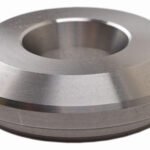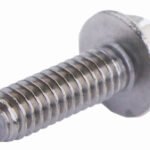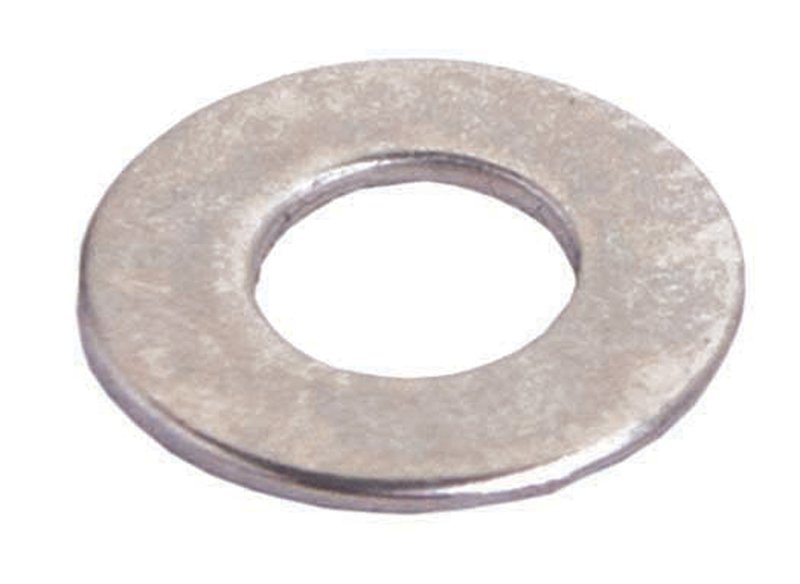
THRUST WASHER
March 13, 2024
SCREW, WEDGE
March 13, 2024
Description
- Function: Washers primarily serve to distribute the load of a fastener, such as a bolt or screw, over a larger surface area. By doing so, they help prevent damage to the surface being fastened, reduce the risk of loosening or deformation of the fastener, and improve the overall stability and strength of the assembly.
- Design: Washers are typically thin, flat discs with a central hole that allows them to be placed around a fastener. They can be made from a variety of materials, including metal (such as steel, stainless steel, or brass), plastic, rubber, or fiber. The choice of material depends on factors such as the application’s requirements, load-bearing capacity, and environmental conditions.
- Installation: Washers are typically installed between the head of a bolt or screw and the surface being fastened, or between the nut and the surface on the opposite side of the fastened joint. They can also be used in conjunction with other components, such as nuts, to provide additional support and stability.
- Applications: Washers are used in a wide range of applications across various industries, including automotive, construction, manufacturing, and household appliances. They are commonly found in assemblies involving bolts, screws, nuts, and other fasteners, where they help ensure proper load distribution and secure fastening.
- Maintenance: While washers themselves require minimal maintenance, it’s essential to inspect them periodically as part of routine equipment maintenance. Any signs of damage, deformation, or corrosion should be addressed promptly to maintain the integrity and reliability of the assembly.




